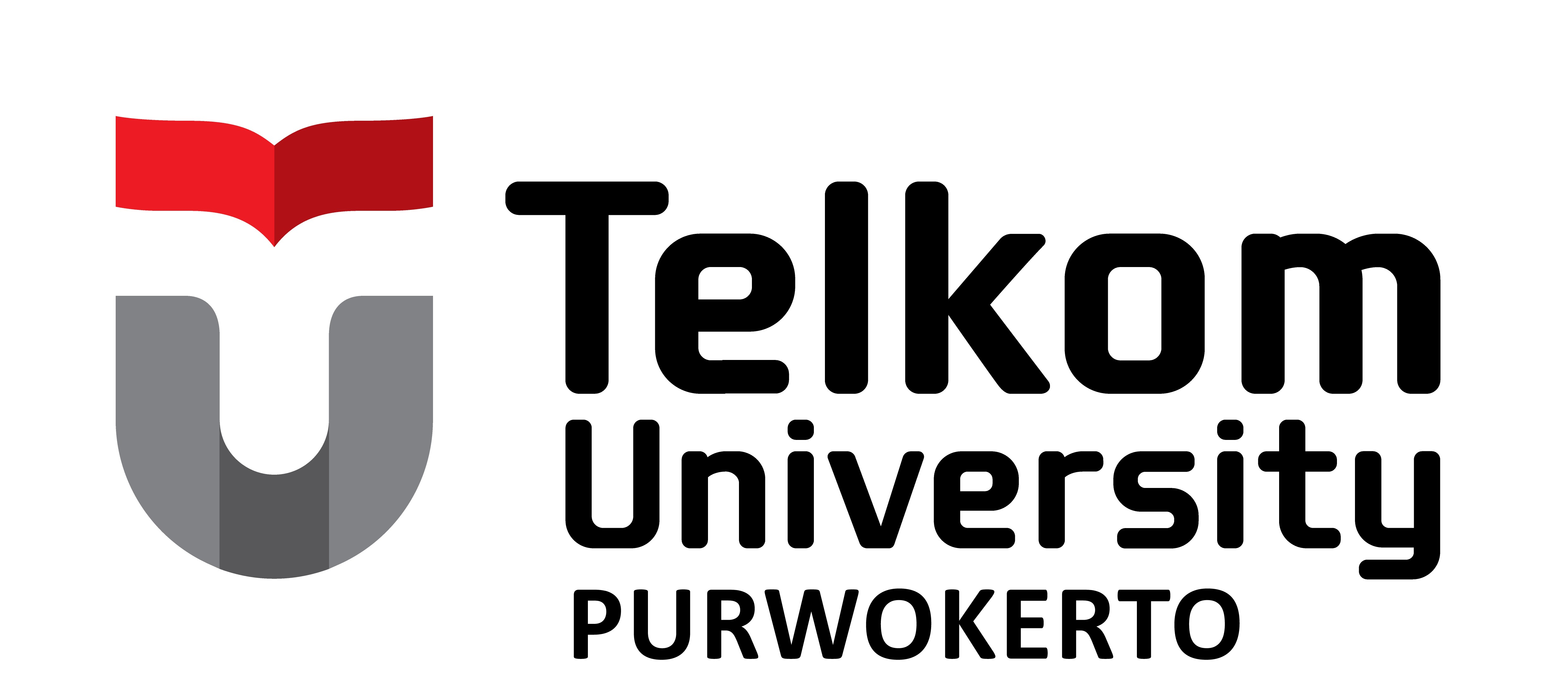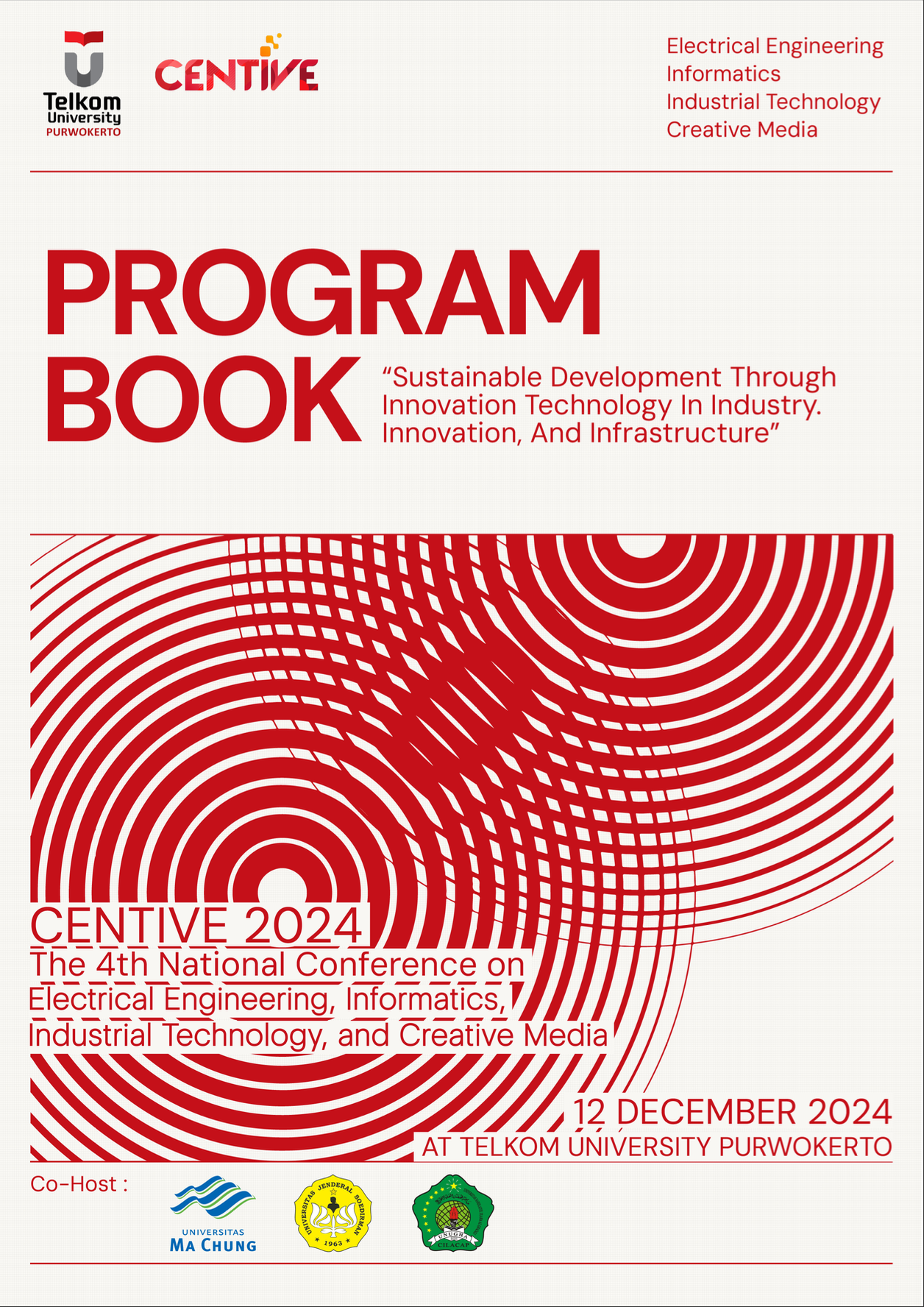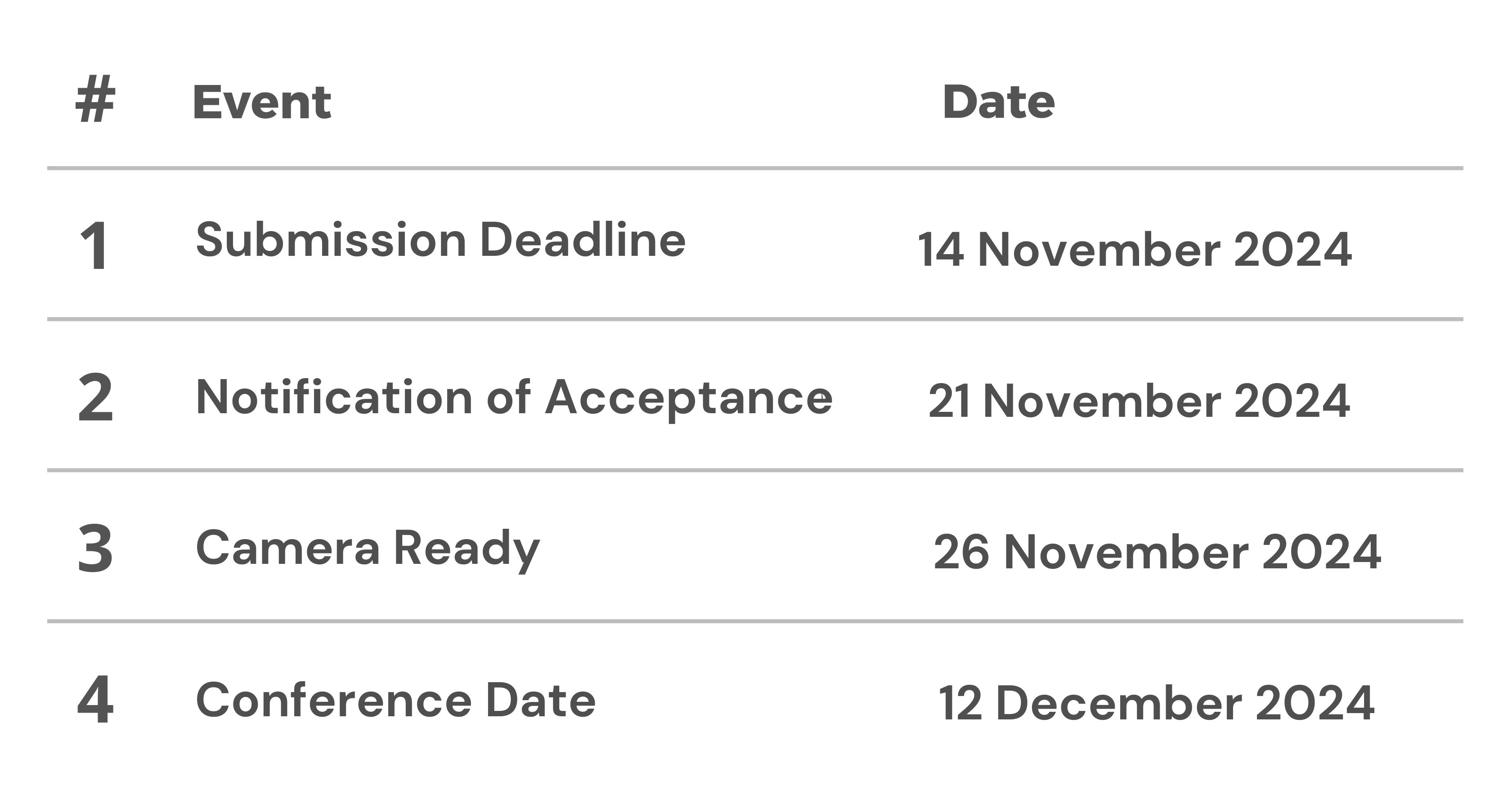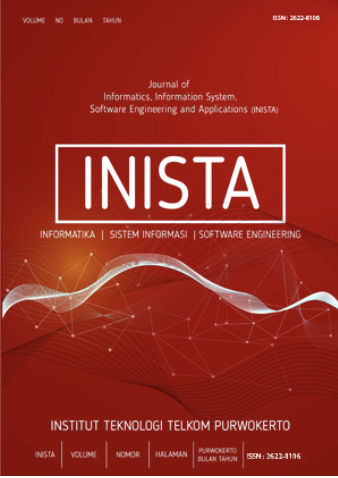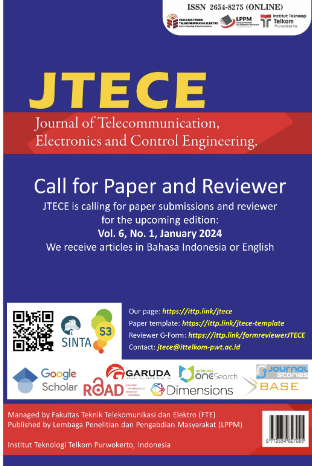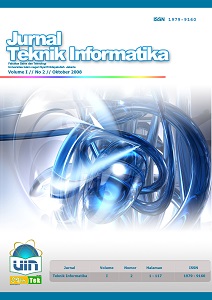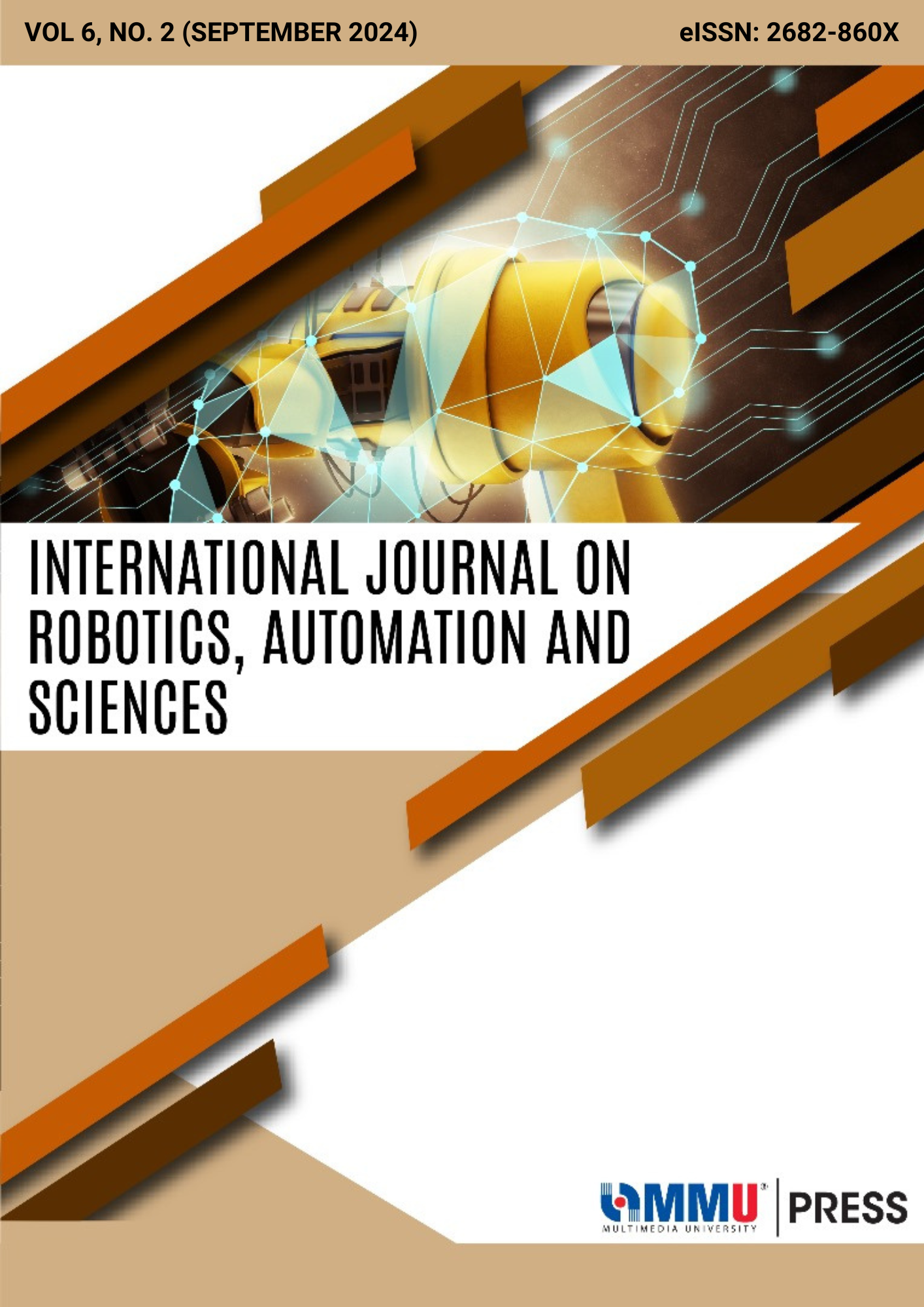Function Point Analysis for Quality Evaluation of a Natural Resource Information System in Bulungan Regency
Abstract
This study evaluates the quality of a natural resource information system in Bulungan Regency using Function Point Analysis (FPA). As information systems become increasingly essential in managing complex processes, measuring their quality is crucial, especially for operational systems. FPA was applied to assess various system components, including external inputs, outputs, inquiries, internal logical files, and external logical files, to determine the system's functionality. The analysis involved calculating the Crude Function Point (CFP) and adjusting it using the Relative Complexity Adjustment Factor (RCAF) to determine the final Function Point value. The results indicate a total Function Point value of 317.34, reflecting the system's current complexity and identifying areas for enhancement. The detailed evaluation of system components such as external inputs, outputs, and logical files provided insights into specific areas that require improvement, such as data handling efficiency and user interface functionality. These findings underscore the importance of continuous quality assessment to maintain optimal system performance and adaptability to user needs. This analysis provides stakeholders with a clear benchmark for optimizing system performance, user satisfaction, and resource allocation, ultimately supporting better decision-making for future enhancements.
References
[2] P. Serrador and J. K. Pinto, “Does Agile work? - A quantitative analysis of agile project success,” Int. J. Proj. Manag., vol. 33, no. 5, pp. 1040–1051, 2015, doi: 10.1016/j.ijproman.2015.01.006.
[3] N. Walkinshaw, Software Quality Assurance. Cham: Springer International Publishing, 2017.
[4] J. G. Borade and V. R. Khalkar, “Software Project Effort and Cost Estimation Techniques,” Int. J. Adv. Res. Comput. Sci. Softw. Eng., vol. 3, no. 8, pp. 730–739, 2013, [Online]. Available: www.ijarcsse.com.
[5] A. R. Irawati and K. Mustofa, “Measuring Software Functionality Using Function Point Method Based On Design Documentation,” Int. J. Comput. Sci. Issues, vol. 9, no. 3, pp. 124–130, 2012.
[6] M. Sadeghzadeh Hemayati and H. Rashidi, “Software Quality Models: A Comprehensive Review and Analysis,” J. Electr. Comput. Eng. Innov., vol. 6, no. 1, pp. 59–76, 2017, doi: 10.22061/JECEI.2019.1076.
[7] A. B. Al-Badareen, M. H. Selamat, M. A. Jabar, J. Din, and S. Turaev, “Software quality models: A comparative study,” Commun. Comput. Inf. Sci., vol. 179 CCIS, no. PART 1, pp. 46–55, 2011, doi: 10.1007/978-3-642-22170-5_4.
[8] C. L. D. Rizka, F. S. Dewi, and S. R. Wicaksono, “Pengukuran Dan Kualitas Perangkat Lunak Website ‘Linkedin’ Menggunakan Metode Function Point Analysis,” JISKA (Jurnal Inform. Sunan Kalijaga), vol. 3, no. 2, pp. 79–83, 2019, [Online]. Available: http://ejournal.uin-suka.ac.id/saintek/JISKA/article/view/1342.
[9] T. Kralj, I. Rozman, M. Heričko, and A. Živkovič, “Improved standard FPA method-resolving problems with upper boundaries in the rating complexity process,” J. Syst. Softw., vol. 77, no. 2, pp. 81–90, 2005, doi: 10.1016/j.jss.2004.12.012.
[10] S. R. Wicaksono, A. S. Khairunnisa, M. W. Rezkita, and V. Alfredo, “ANALISIS PENGUKURAN DAN KUALITAS PERANGKAT LUNAK (STUDI KASUS PERANGKAT LUNAK SAGE 50CLOUD),” J. Tek. Inf. dan Komput., vol. 4, no. 1, pp. 14–17, 2021, doi: 10.37600/tekinkom.v4i1.207.
[11] T. Ho-leung, “To Evaluate the Function Point Analysis : A Case Study,” Int. J., vol. 13, pp. 31–40, 2005.
[12] T. A. Grzeszczyk and J. Pelszynski, “Possibility of Using Function Point Analysis in Project Evaluation,” in Proceedings of the 2017 World Conference on Management Science and Human Social Development (MSHSD 2017), 2018, vol. 120, no. Mshsd 2017, pp. 257–261, doi: 10.2991/mshsd-17.2018.48.
[13] J. Shah and N. Kama, “Extending function point analysis effort estimation method for software development phase,” ACM Int. Conf. Proceeding Ser., no. 1, pp. 77–81, 2018, doi: 10.1145/3185089.3185137.
[14] F. Qi, X. Y. Jing, X. Zhu, X. Xie, B. Xu, and S. Ying, “Software effort estimation based on open source projects: Case study of Github,” Inf. Softw. Technol., vol. 92, pp. 145–157, 2017, doi: 10.1016/j.infsof.2017.07.015.
[15] B. Rumpe, Agile Modeling with UML. Cham: Springer International Publishing, 2017.
[16] J. Highsmith, Agile Project Management: Creating Innovative Products, 2nd ed., vol. 39, no. 1. Addison-Wesley, 2010.
[17] K. Sangeetha and P. P. Dalal, “Analysis of Software Estimation Method: Function point and Use case point,” IJISET, vol. 2, no. 11, pp. 880–884, 2015.


